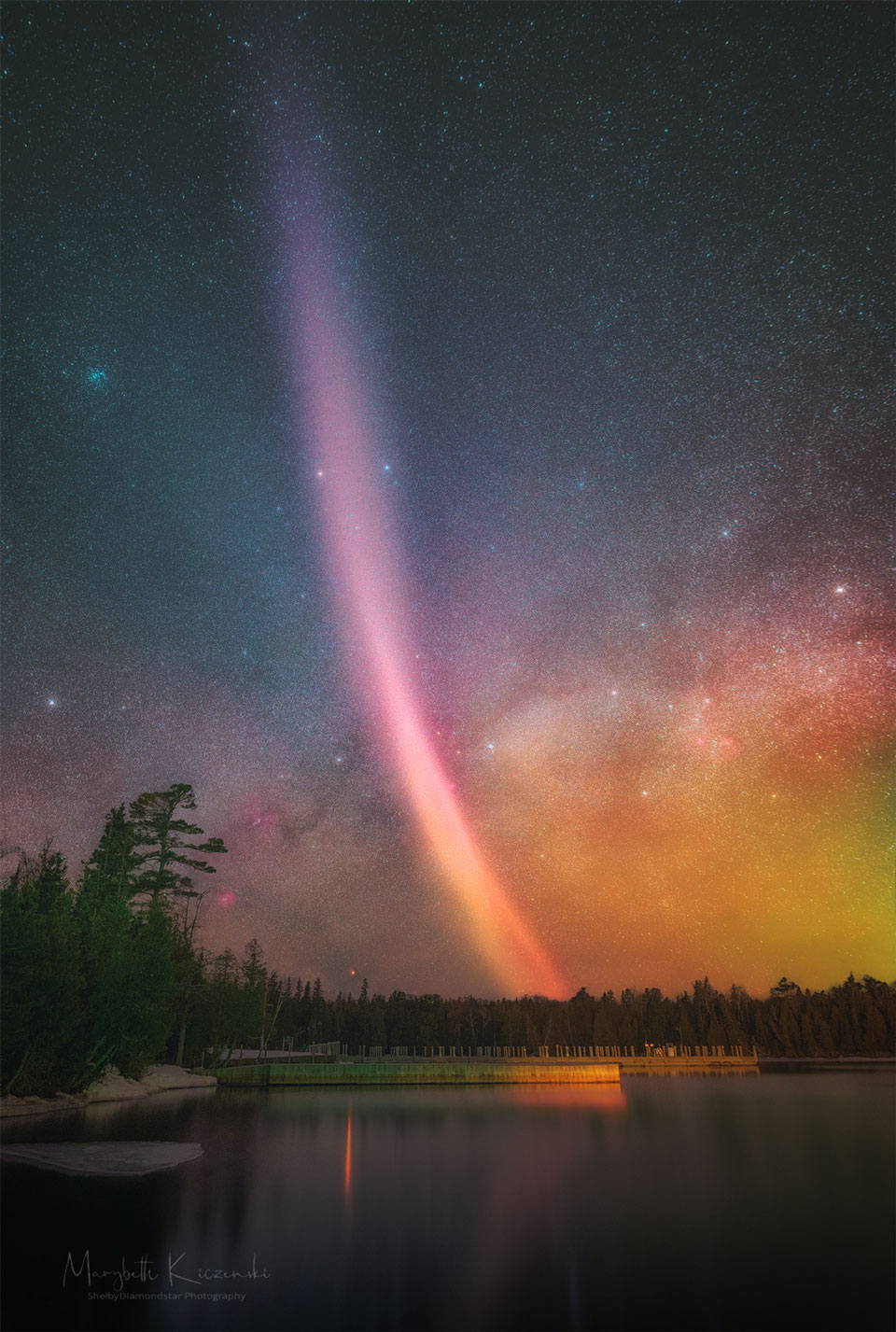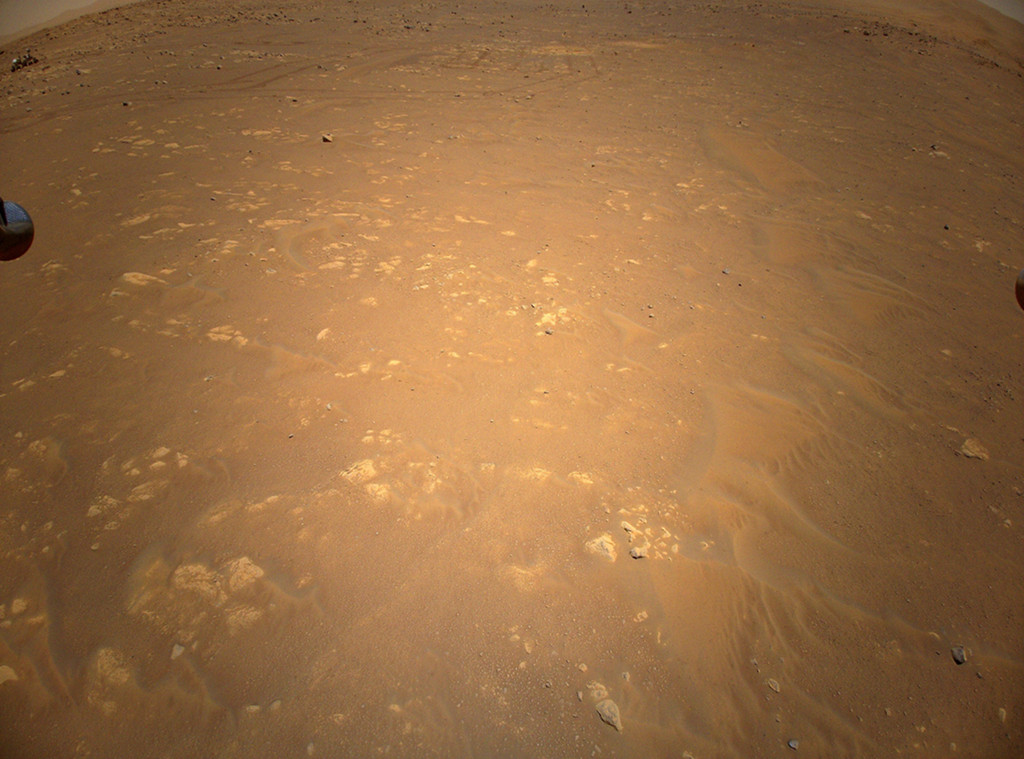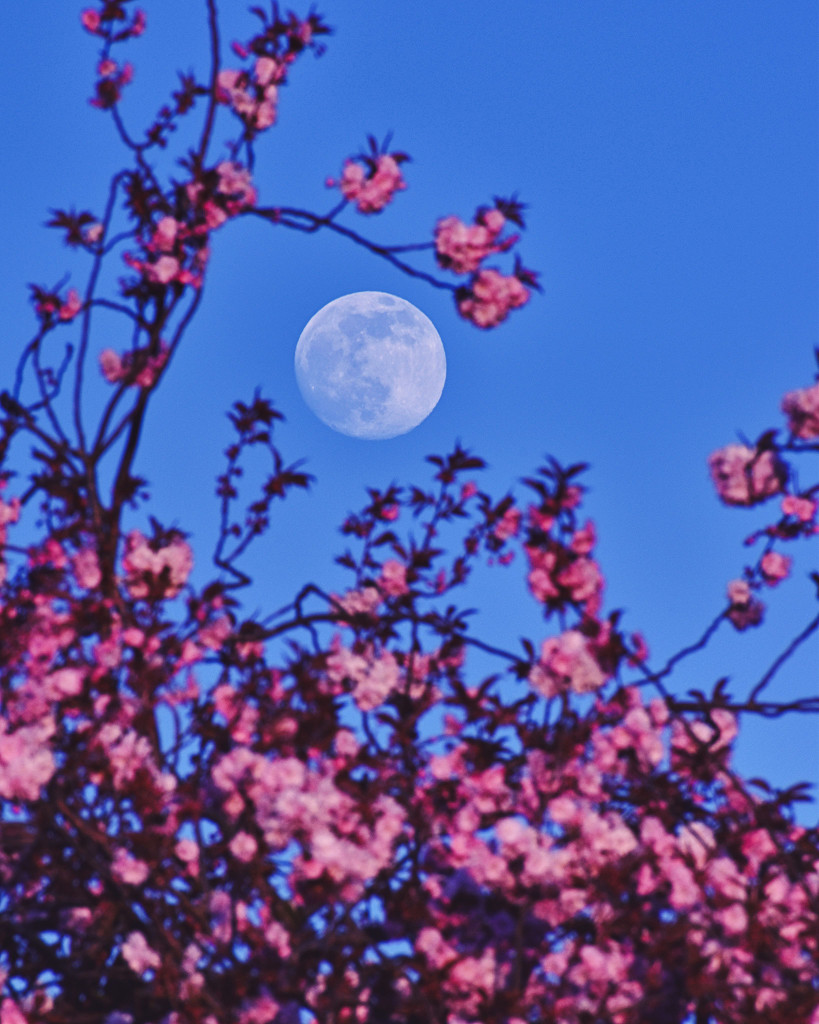2021 May 8
Image Credit & Copyright: Franco Meconi
Explanation: In this evocative night scene a dusty central Milky Way rises over the ancient Andean archaeological site of Yacoraite in northwestern Argentina. The denizens of planet Earth reaching skyward are the large Argentine saguaro cactus currently native to the arid region. The unusual yellow-hued reflection nebula above is created by dust scattering starlight around red giant star Antares. Alpha star of the constellation Scorpius, Antares is over 500 light-years distant. Next to it bright blue Rho Ophiuchi is embedded in more typical dusty bluish reflection nebulae though. The deep night skyscape was created from a series of background exposures of the rising stars made while tracking the sky, and a foreground exposure of the landscape made with the camera and lens fixed on the tripod. In combination they produce the single stunning image and reveal a range of brightness and color that your eye can't quite perceive on its own.









